Ok, ok, we get it. The earth is heating up at a historic rate.
While this seems like boring old fact by now, it will have very real impacts on our everyday lives. To put it in perspective, Climate Central developed this interactive map that charts these effects of climate change and what 1,001 cities will look like in the year 2100 if temperatures continue to rise at the rate they currently are. The results — both the future average temperature in the summer and number of days below freezing in the winter — are shocking.
Via Climate Central. To see the other map and how winter is losing its edge, click here.
For example, according to the summer graph, New York will see its average summer high soar from 82.4°F to 91.8°F, making it feel more like Lehigh Acres, Florida. An increase of over 10% in less than 100 years, this is a drastic change in climate — but it is typical of the interactive graph, which presents tangible examples of exactly what scientists have been saying. The magnitude of the shift makes a strong case to consider alternatives to fossil fuels, since they are the main cause of the problem.
How will we cool our homes in the hotter post-fossil-fuel climate? One answer is geothermal energy, which uses the earth’s constant temperature to cool in the winter and heat in the summer. Below ground, the temperature is a stable 50-ish degrees, so climate change will not affect it as fast as it will the air. Geothermal works by running pipes down through the 50°F earth, using them to cool water that is pumped down and back up. When it returns, it has been cooled. Thus, geothermal cooling systems are much more eco-friendly than their carbon-burning counterparts.
Here are some examples of buildings from the Architizer database that use geothermal technology to heat and cool without hurting the planet.
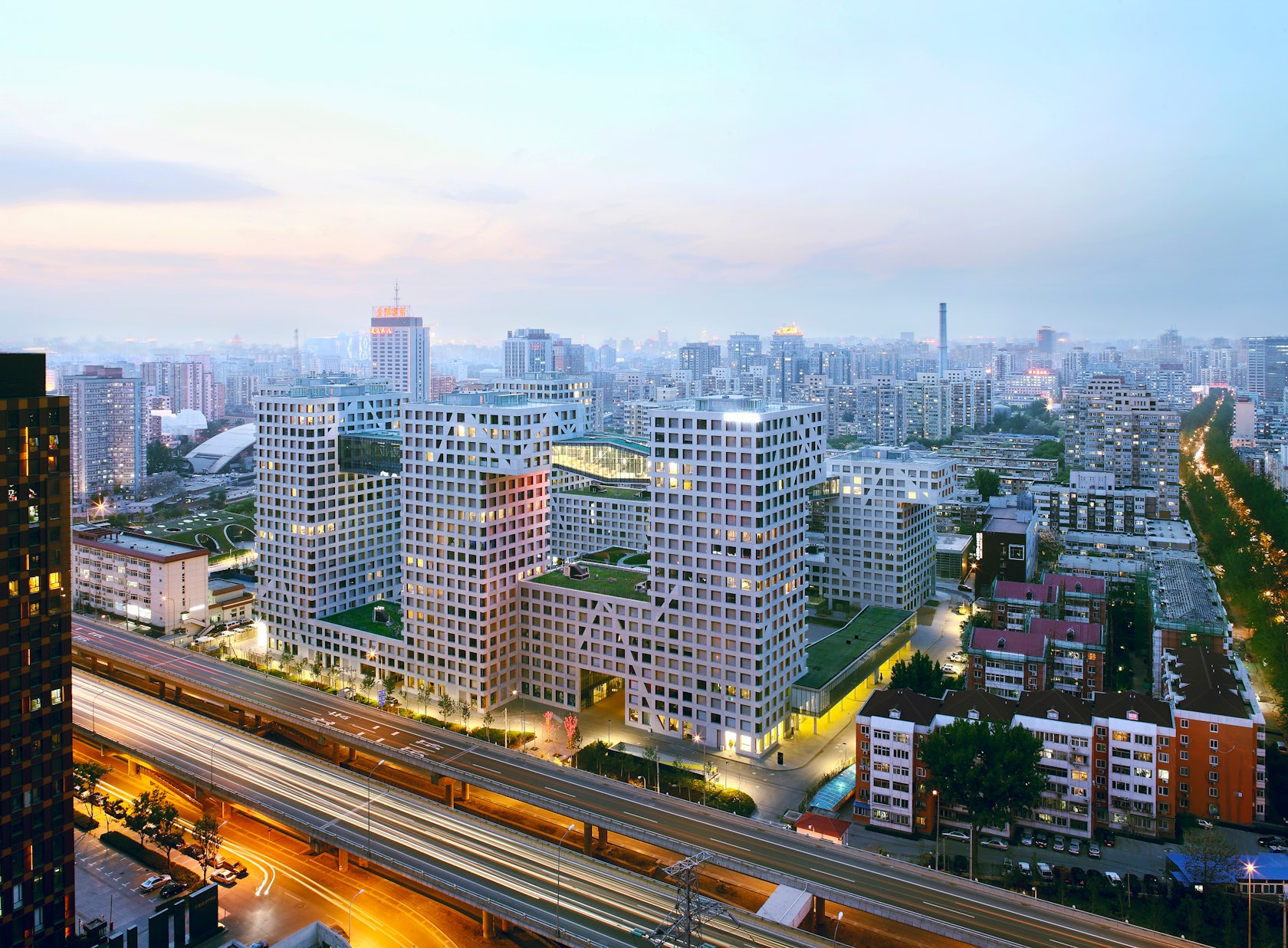
© Steven Holl Architects
Linked Hybridby Steven Holl Architects, Beijing, China
655 geothermal wells cool and heat the apartments, offices, and shops of this enormous green complex.

Phipps Conservatory and Botanical Gardens by Design Alliance Architects, Pittsburgh, PA
This education facility aims to be the first building to meet the Living Building Challenge (net-zero water, net-zero energy), LEED Platinum, and Sustainable Sites Initiative certification. It features solar panels, geothermal wells, and a wind turbine, as well as passive cooling, heating, and lighting methods.
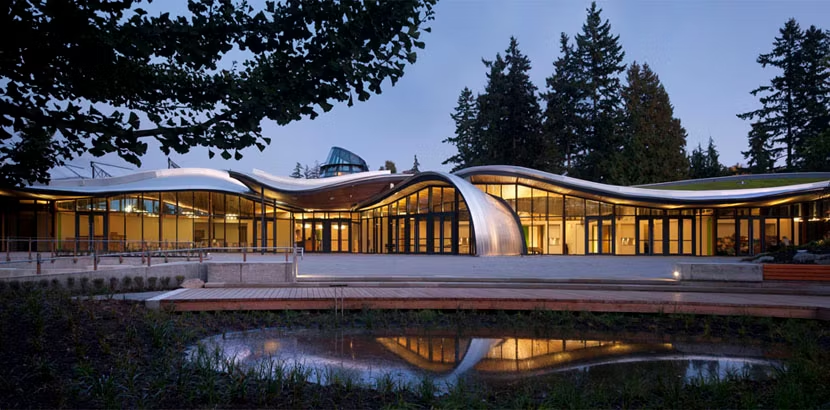
© Perkins&Will
VanDusen Botanical Garden Visitor Centreby Perkins+Will, Vancouver, BC
The curved roof is a metaphor for an orchid and is made of wood, an ambitious material for such a complex form. Net-zero energy usage is achieved via systems such as geothermal boreholes, solar photovoltaics, and solar hot-water tubes.
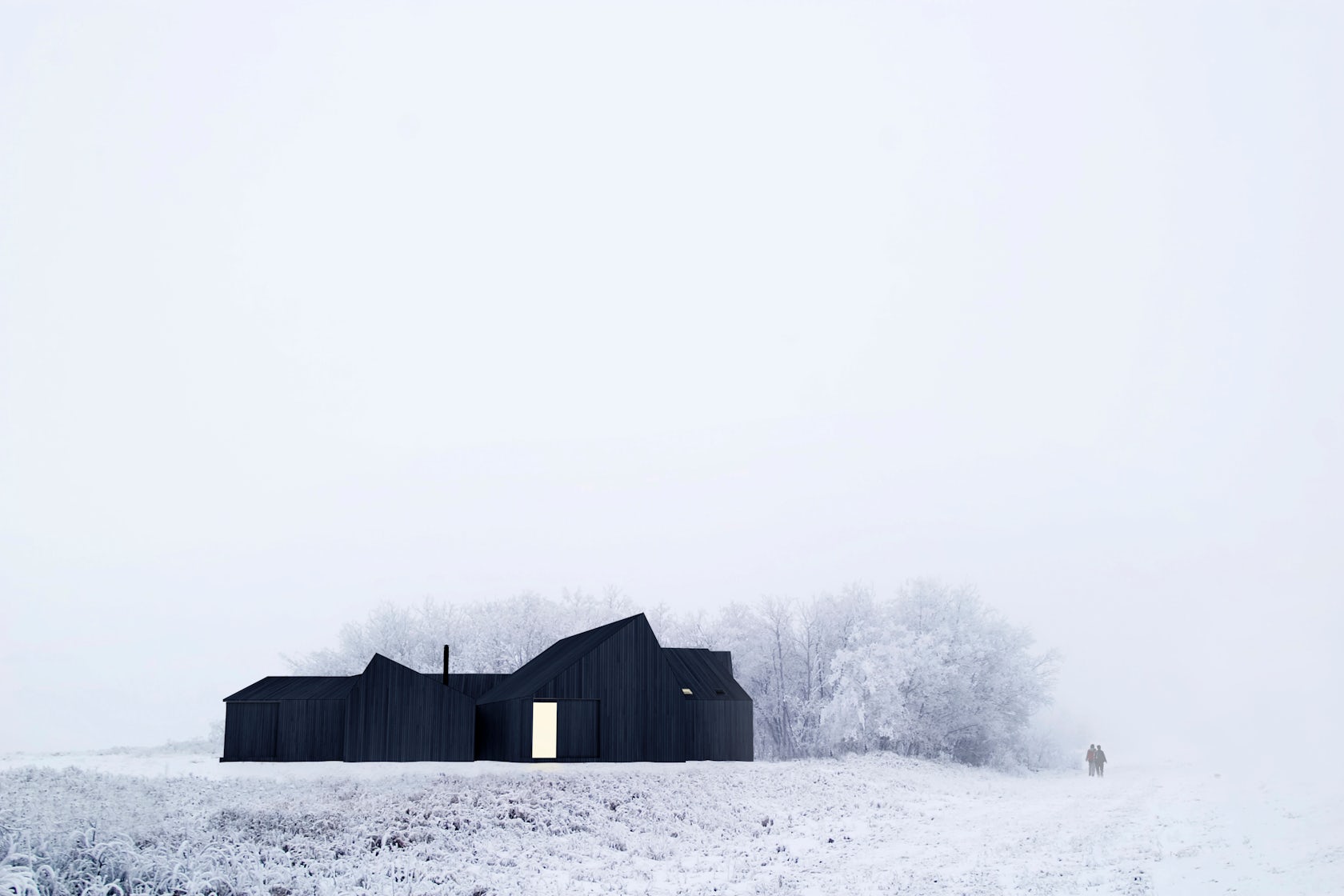
Great Fen Projectby Shiro Studio, Cambridgeshire, UK
Beautiful little black boxes float in the winter landscape of England, while PV panels and geothermal heating help make the building self-sufficiency.
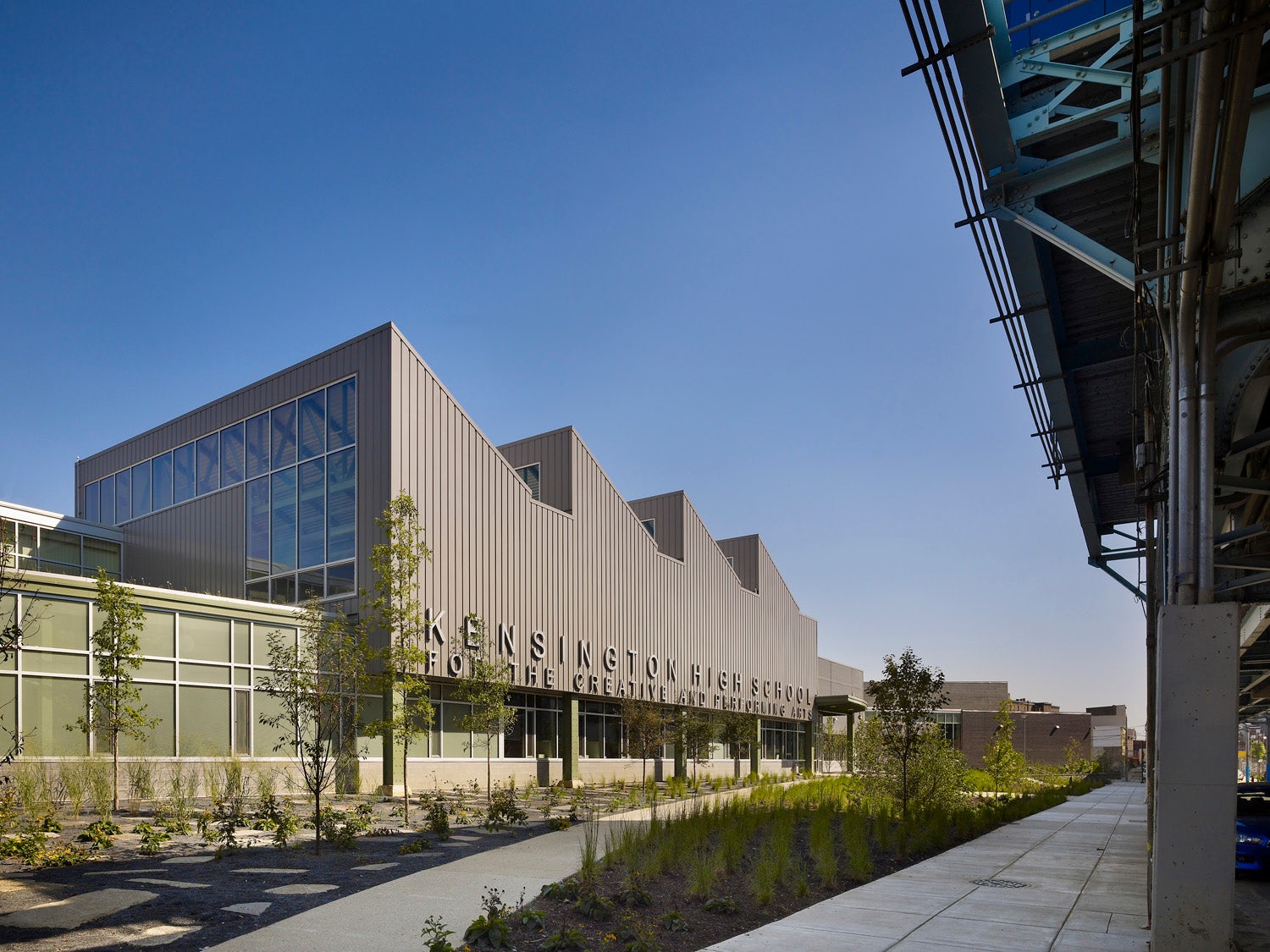
© SMP Architects
Kensington Creative and Performing Arts High School by SMP Architects, Philadelphia, Pennsylvania
LEED Platinum-certified, this Philadelphia high school has it all: on-site water cycling, green roofs, geothermal HVAC and hot water systems, extensive daylighting, an energy efficient building envelope, and a “recycled landscape,” made from materials harvested from the site.
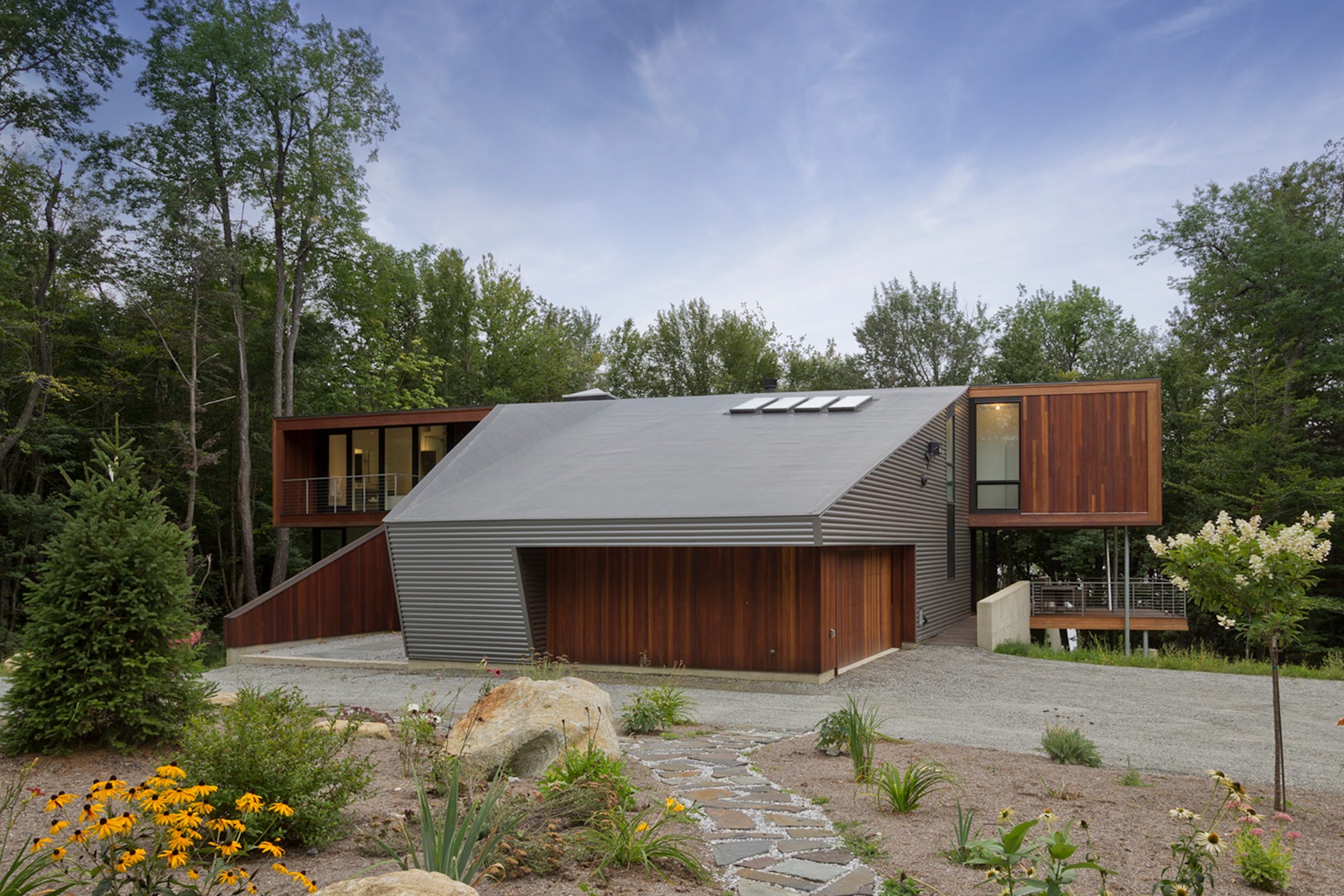
© David Jay Weiner, Architects
Berkshire Pond House by David Jay Weiner, Architects, Becket, MA
This private house is powered by solar collectors and its temperature maintained by a closed loop geothermal heating and cooling system.

© contexture studio
Sagburg by contexture studio, Lana, Italy
This thick-walled, green-roofed house is fully passive and thanks in part to triple glazing. Geothermal heating and cooling pick up where nature leaves off.



